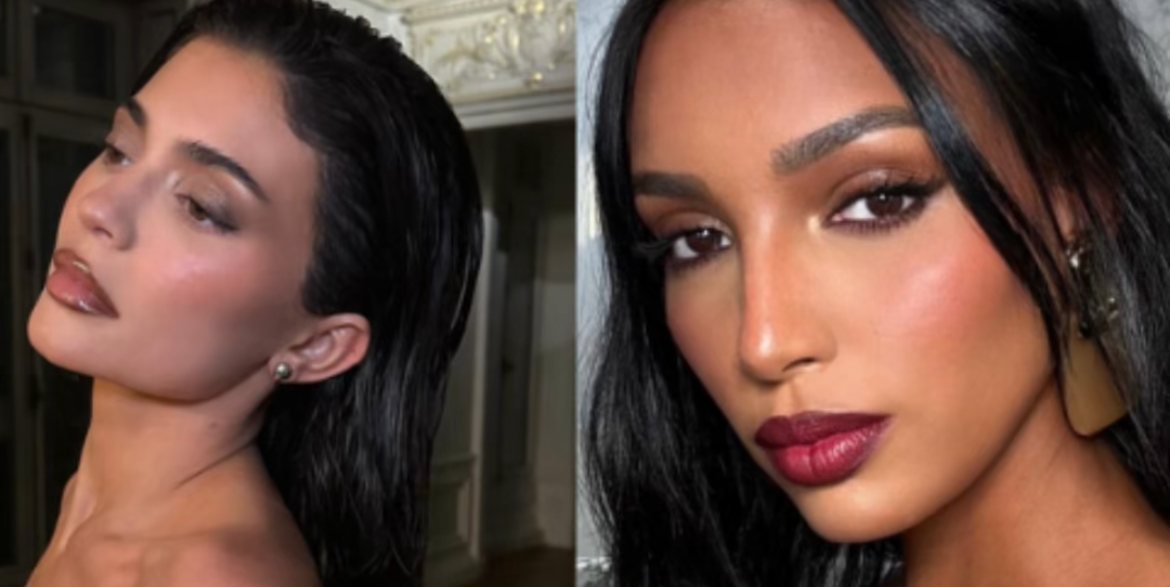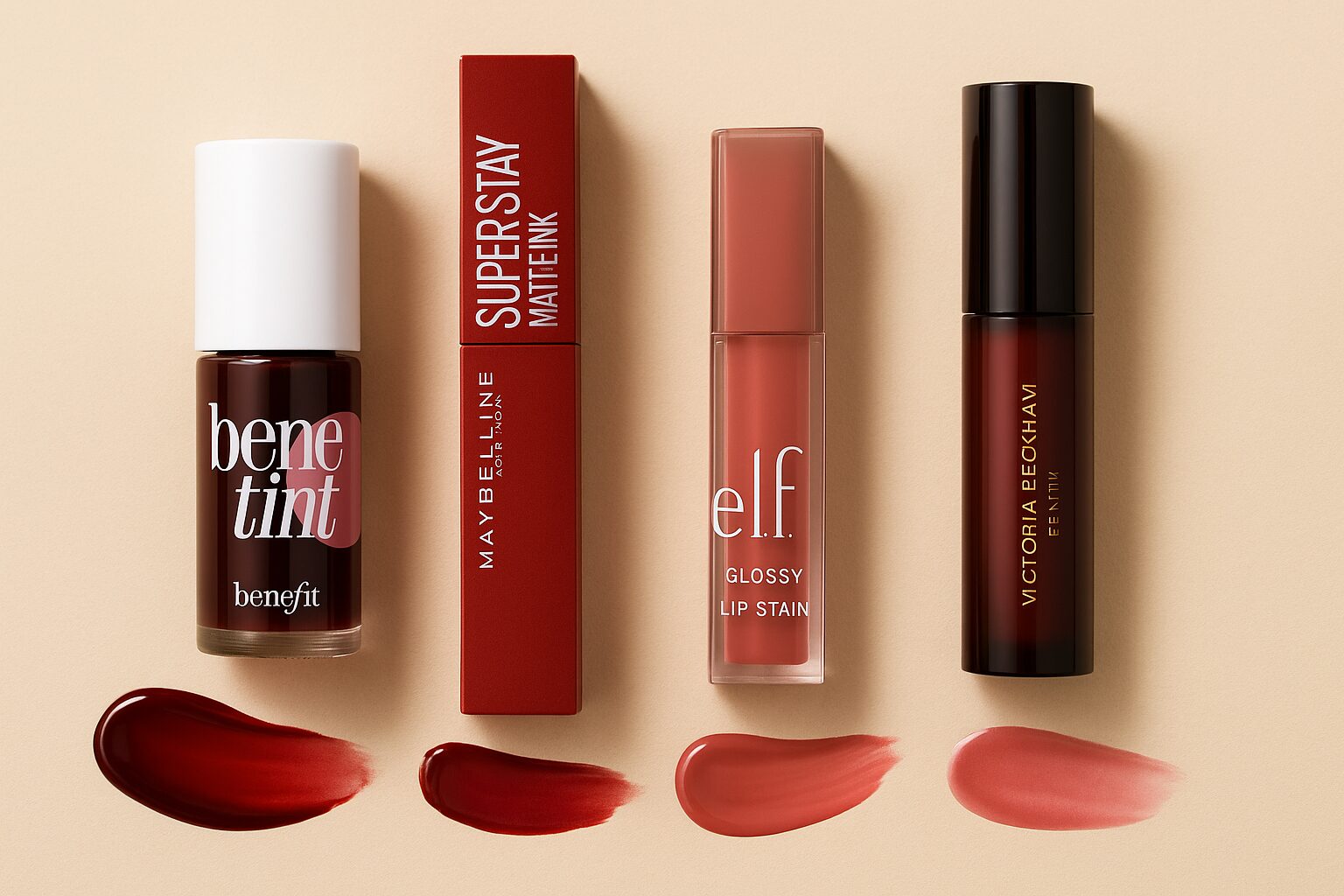This statement immediately grabbed my attention the moment I logged onto TikTok while still blurry-eyed and half-asleep, “You’re not ugly, you’re just not doing your makeup based on your contrast level.”
You see, as a seasoned internet user, I have witnessed an array of beauty trends explode across social media. From the intriguing one-layer makeup hack to in-depth hair colour analyses, and even the quirky trend of creating faux freckles on your face using broccoli – yes, you read that right, broccoli! The digital space truly recognizes no bounds to the potential selection of viral, attention-grabbing content.
And in this continuously flourishing panorama of beauty trends, the latest sensation is a slightly more thoughtful one. It is championed by a makeup enthusiast named Aliénor and revolves around the idea that makeup should be designed around your individual contrast levels. What makes it even more than a passing trend is that it even comes with its very own filter on TikTok.
Such novel trends in beauty can confuse even the most ardent followers, and this wasn’t an exception. As a frequent app user, and not exactly a pro when it comes to beauty editorials, I found the filter slightly befuddling. Although I did manage to grasp that my medium skin tone falls in the ‘high contrast’ bracket, the guiding light ended there. Regrettably, it didn’t come with specific suggestions on the color cosmetics that would complement my highlighted contrast level.
Being inherently curious, I delved further into the trend, sifting through numerous videos about it. These videos did offer some valuable insights into the kinds of makeup that would ideally suit varying contrast levels. To assess the utility and effectiveness of this trend beyond social media hype and fanfare, I spoke to a certified makeup artist named Emily Wood who shed some light on the high contrast, low contrast makeup theory, and its accompanying filter.
Emily started by explaining that the contrast level theory hinges on the differences and interactions between your eye colour, hair colour, and skin tone. She believes that it serves as a constructive guideline for those struggling with the perception that their makeup application is not on point. However, she also voiced some reservations, stating that beauty is subjective, and the theory might seem limiting to some.
Indeed, Emily’s credo on beauty and makeup is diametrically different. She prefers to marry unconventional colour pairings, an approach that may seem unsavoury to many but feels liberating to her.
Voicing a sentiment that resonated with me, she affirmed that beauty is truly an art form meant for experimentation, individualistic representation, and fun. Although she understands that the contrast filter will aid some users seeking guidance, she acknowledges that others might find it restrictive.
Like all trends, this filter should ideally be seen as a fun experiment. But importantly, it should not create a rigid box that forces users into believing that a singular makeup look holds their ticket to beauty. Unleashing creativity and celebrating uniqueness is the true essence of beauty – a truth we shouldn’t forget, even amidst the whirlwind of transient trends that come our way.
Remember, you are beautiful in your unique way, and your perspective on beauty should be as individual as your style – so keep experimenting, stay creative and remember to have fun along the way. After all, makeup is meant to enhance and celebrate your beauty, not to conform to everyone else’s standards.





